
The late French furniture designer Pierre Paulin rose to fame in the 1960s and ‘70s with his candy-colored, fabric-stretched, exuberant, and flexible places to sit. He furnished several private presidential apartments at the Élysée Palace, and created curved, tubular banquettes for the Grande Galerie of the Louvre. In the ‘60s, New York’s Museum of Modern Art added three of his animated chairs—F300, Tongue, and Ribbon—to its permanent collection.
Over the years, Paulin moved in and out of the spotlight. The carefree whimsy of his Mushroom, Oyster, Tongue, and Tulip chairs fell out of favor. Along the way, he founded a company with his wife, Maïa Wodzislawska-Paulin, designing mass-produced household items—razors, travel irons, toilet bowls, plumbing fixtures, and plastic outdoor furniture—under licensing agreements without his name. When the company was sold in the early 1990s, Pierre was forced to retire. Adrift in Paris, he retreated to a house he built high in the Cévennes mountains in the South of France.
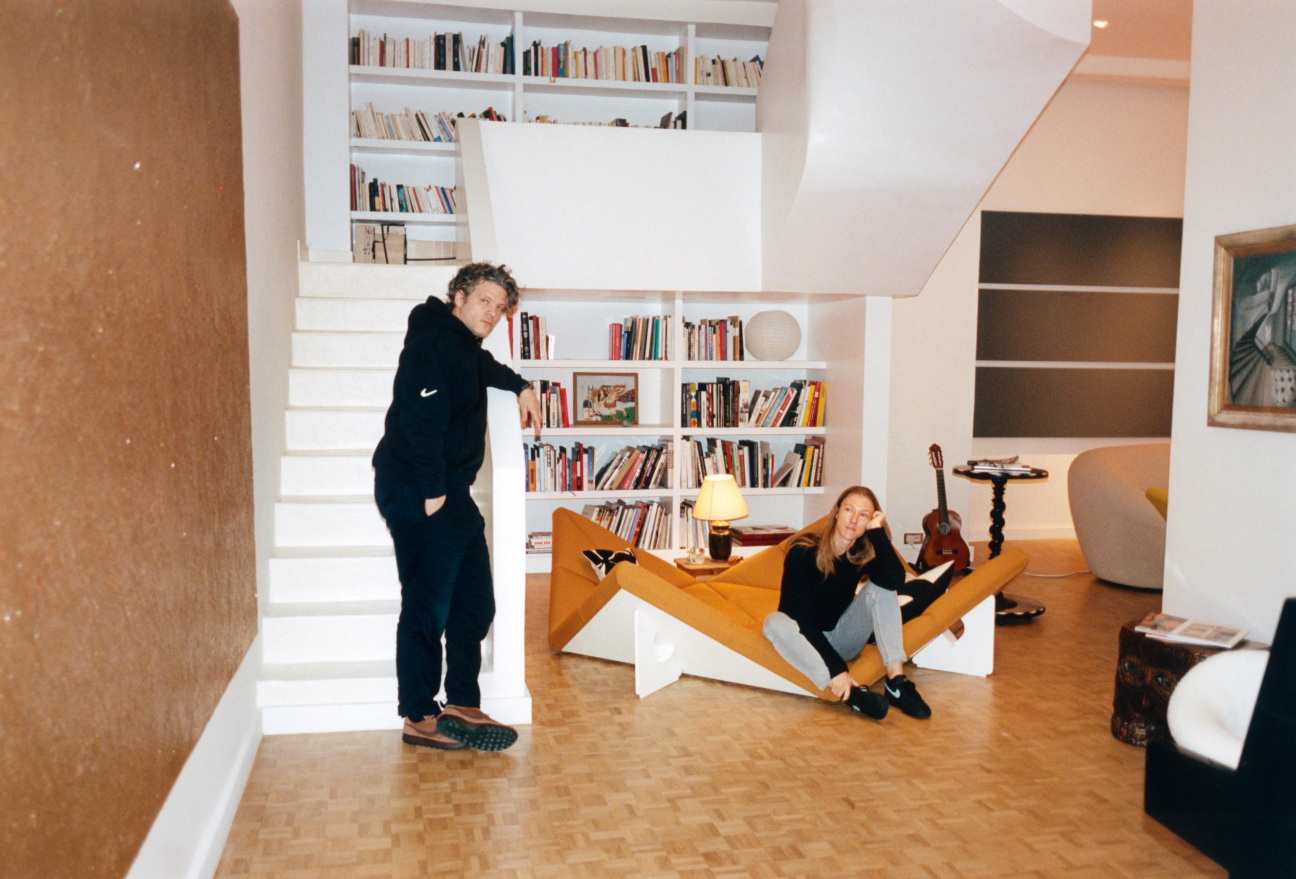
“At first, he was very angry, then he channeled his energy to redefine the landscape surrounding our house in the Cévennes,” says Maïa. “Pierre didn’t belong to any group or community. He was a loner. He used to say that his voice didn’t matter; his objects did,” she recalls. “It was a very bad shock, a very hard period … There was a lot of bitterness in him,” adds Pierre’s son, Benjamin Paulin. Then in 2009, the designer died of cancer at the age of 81, leaving plans for numerous unrealized creations behind.
For the past decade, Maïa, who is 80, has worked with Benjamin, 44, and his wife, Alice Lemoine, 37, to revive the designer’s legacy and revel in the unknown corners of his creativity. While the aptly named Paulin Paulin Paulin is a family business, two older half-siblings from Pierre’s first marriage—Dominique and Fabrice Paulin, a painter and furniture designer, respectively—are not involved, according to Benjamin. The trio’s company spotlights their patriarch’s lesser-known works, producing many of them for the first time as limited-edition collectibles.
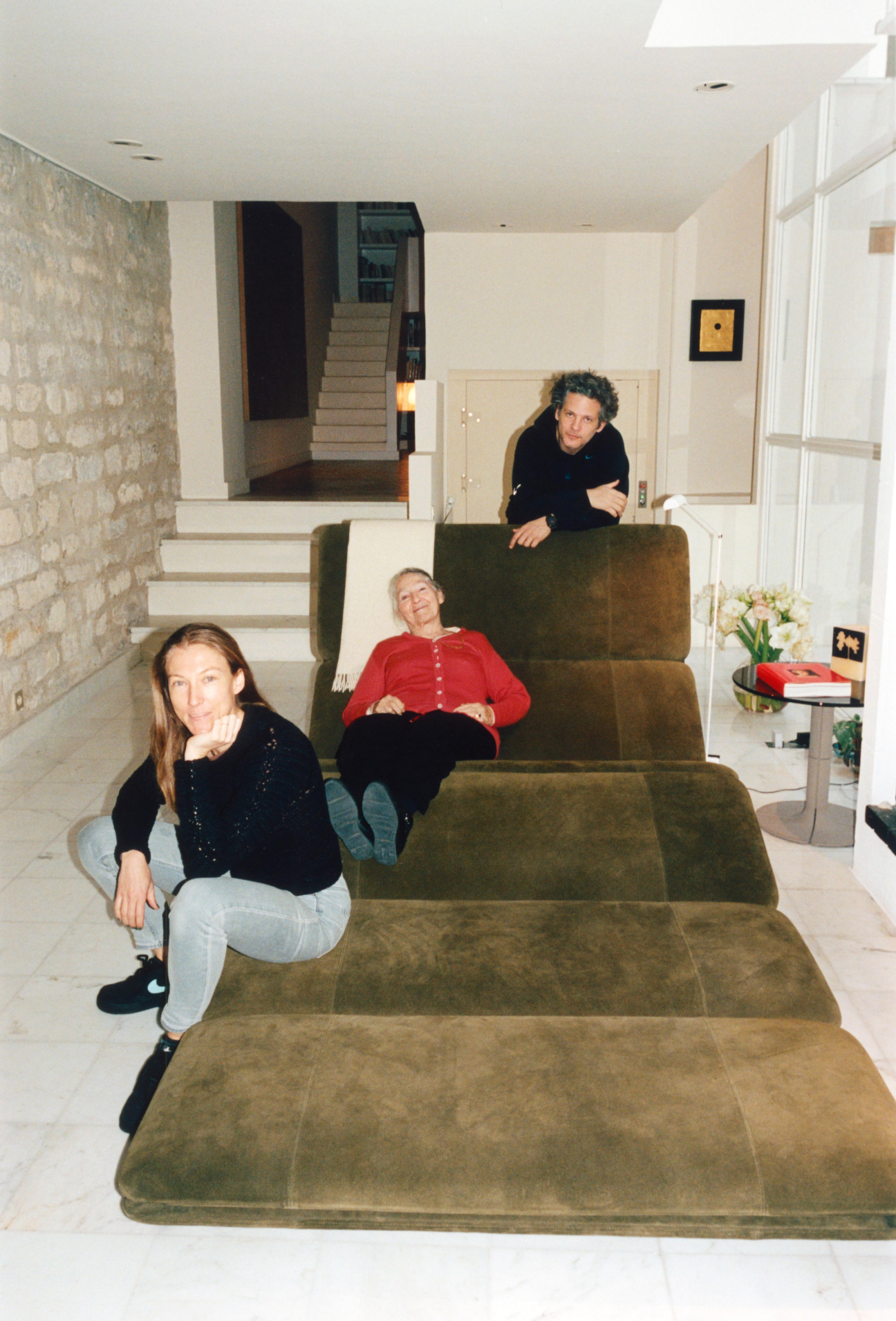
The birth of Benjamin and Lemoine’s first daughter, Irène, in 2013, was the “earthquake” that compelled the couple to dedicate themselves fully to the family firm. Benjamin put his career as a musician on hold, and Lemoine dropped her nascent knitwear design business. “I was a little depressed by the music industry,” says Benjamin. “And I was working every weekend for hours and hours,” his wife adds.
Today, the couple runs the operation. They have refined their promotional message so masterfully that they rattle off facts and figures at high-speed and finish each other’s sentences. Maïa may seem to be overshadowed, but her role is integral. She was Pierre’s right hand during his life, founding Paulin Paulin Paulin in the months before his passing to preserve his name and legacy. (Incidentally, Lemoine’s mother was once his colorist.) The Paris home Benjamin and Lemoine moved into last year with their three daughters near Bastille serves as a small museum, showroom, and headquarters for their firm. Originally an industrial bakery, the structure was renovated by the famed French architects Jean-Michel Wilmotte and Pierre-Louis Faloci. Its floor-to-ceiling glass walls on the main floor frame Paulin’s soft sofas and chairs, offering views of a garden adorned with his white outdoor furniture. An elevator connects the ultra-modern, white building’s four levels. From the street, the structure appears nondescript, giving away none of the secrets of its interior.
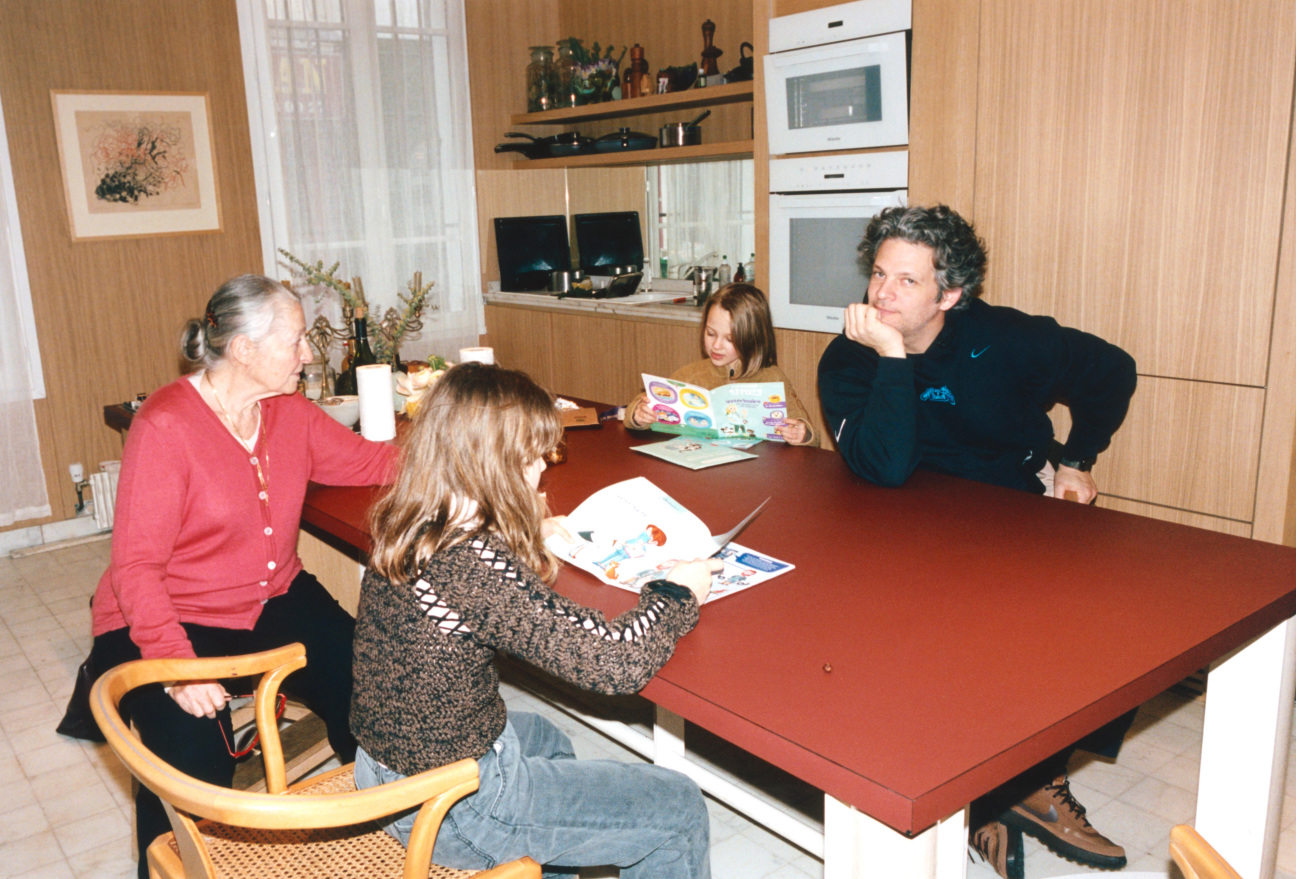
A single-pedestal version of Pierre’s 1981 canary-colored Cathedral table stands deep in the basement. The designer regarded it as one of his masterpieces, although it was never produced as more than a prototype during his lifetime. The ceiling-mounted spotlights shine through the aluminum-and-glass surface, creating a wash of angled shadows on the floor. It is said to be worth more than $75,000, but the family considers it gauche to talk about money. “We prefer not to give prices,” says Benjamin. “But how are people going to know?” I ask. “They can call me,” he laughs.
“For us, it remains a passion; we’re not particularly interested in becoming an industry,” Maïa explains. “We’d like people to include our pieces in their art collections.” The family’s dream is to build a museum dedicated to nearly 400 of Pierre’s works on the grounds of the Cévennes home where Maïa still lives. Benjamin has been buying vintage pieces made by his father with this exhibition in mind.
For Maïa, the countryside home is already a museum of sorts. Her husband’s spirit dwells in the rooms he built and the designs that furnish them. He retreated there dejected, at a low point in his career. But high in the mountains, he channeled his frustration into a new kind of creativity—clearing away dead trees, restoring stone walls, and carving new roads—starting a new chapter late in life that enabled his legacy to persist today. “Pierre spent all his energy on creating this place,” Maïa reflects. And indeed, she says, “It is an extraordinary space between heaven and earth.”


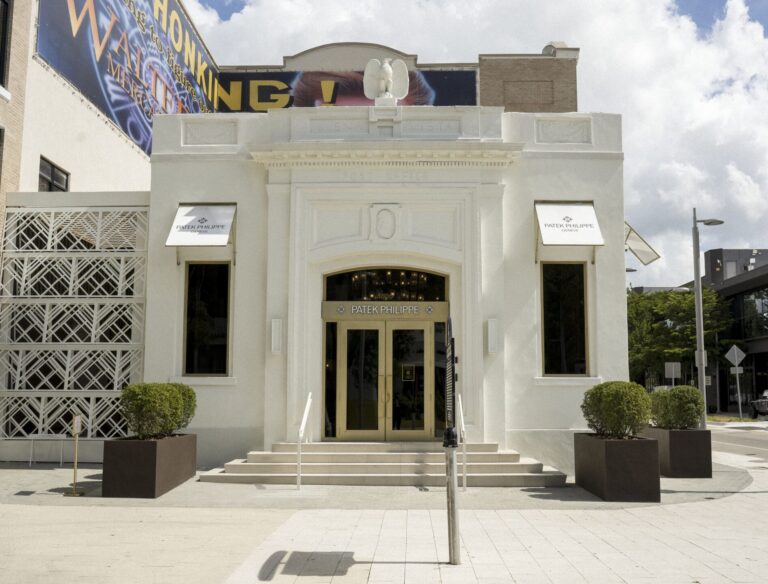
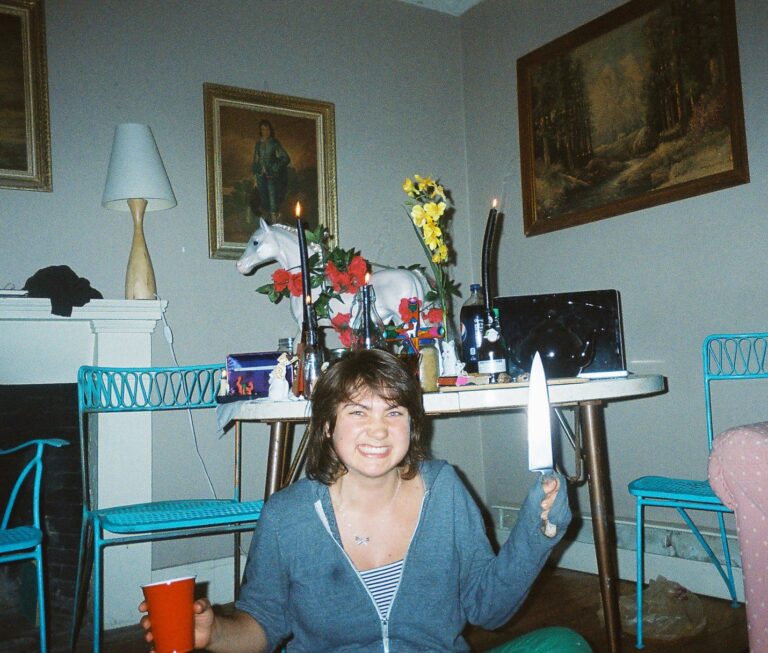






 in your life?
in your life?

